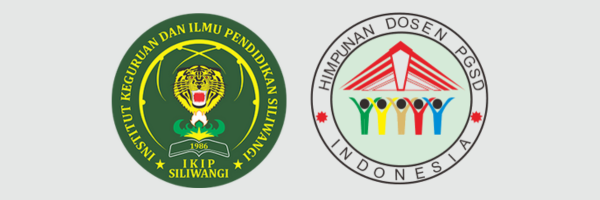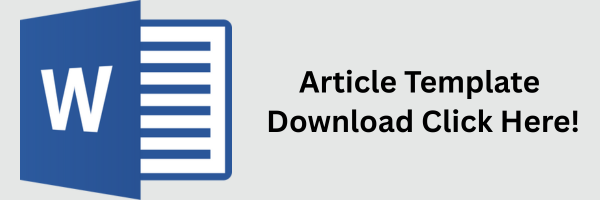INTERACTIVE LEARNING MEDIA FOR DYSLEXIC STUDENTS OF ELEMENTARY SCHOOL
DOI:
https://doi.org/10.22460/pej.v4i1.1618Abstract
The purpose of this study is to develop web-based learning media to improve reading comprehension of dyslexic students. Dyslexia is a condition caused by neurobiological abnormalities that are characterized by difficulty in  recognizing words accurately in spelling and inability to encode symbols which lead to reading disorder. The research method used is research and development. This research develops web-based learning media called LexiRoom learning applications. The LexiRoom web was trialed to dyslexic students of the fourth grade of elementary school and obtained effective results to help students to have better comprehension of words and sentences within a paragraph.
References
Akker, J. Van den. (1999). Principles and Method of Development Research. London : Kluwer Academic Publisher.
Aphroditta. (2012). Panduan lengkap orangtua dan guru untuk anak dengan disgrafia (kesulitan menulis). Yogyakarta: Javalitera.
Arsyad, A. (2013). Media Pembelajaran. Jakarta: PT. Raja Grafindo Persada
Chapman, J.W., Tunmer, W. E. & Prochnow, J.E. (2000). Early reading-related skills and performance, reading self-concept, and the development of academic self-concept: a longitudinal study. Journal of Educational Psychology, 92, 4, 703-708
Horton, William & Horton, Katherine. (2003). E-Learning Tools and Technologies: A consumer guide for trainers, teachers, educators, and instructional designers. USA: Wiley Publishing, Inc.
Meyer, A., & Rose, D. H. (2005). The future is in the margins: The role of technology and disability in educational reform. In D. H. Rose, A. Meyer, & C. Hitchcock (Eds.), The universally designed classroom: Accessible curriculum and digital technol ogies (pp. 13–35). Cambridge, MA: Harvard Education Press.
Pelupessy, E. T., & Agustin T, R. H. P. (2014). Pengembangan media pembelajaran berbasis e-learning pada mata kuliah fisika 1 untuk meningkatkan efektifitas belajar mahasiswa. Jurnal Pendidikan Teknik Elektro, 3(2).
Reid, R., Lienemann, T. O., & Hagaman, J. L. (2013). Strategy instruction for students with learning disabilities (Second Edi). New York: Guilford Publications.
Rose, D. H., & Meyer, A. (2002). Teaching every student in the digital age: Universal design for learning. Alexandria, VA: Association for Supervision and Curriculum Development.
Sugiyono. (2009). Metode Penelitian Kuantitatif, Kualitatif dan R&D. Bandung : Alfabeta
Weinstein, Lissa. (2008). Living with Dyslexia. Bandung: Qanita.












